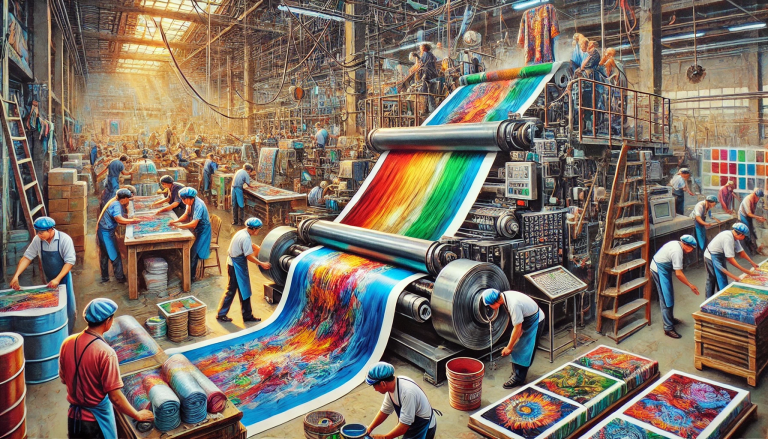“Exploring New Frontiers: Using Sublimation Ink on UV DTF AB Paper” -MAXDTF- Direct Transfer UV DTF Paper Wholesale, UV DTF Decal Supplier, Made in China
Part 1: Understanding the Basics
Sublimation Ink
Sublimation ink is a unique type of ink used in dye-sublimation printers. When heat is applied, this ink transforms from a solid to a gas state, skipping the liquid phase. It bonds with polyester fibers on a molecular level, resulting in a vibrant, lasting print that does not peel, fade, or crack.
UV DTF (Direct to Film) AB Paper
UV DTF is a technique that involves printing designs directly onto a special film, which is then transferred onto the desired material. AB Paper is a component used in the UV DTF process, comprising an A-film and a B-glue. When the B-glue (adhesive powder) is melted onto the A-film (printable film), it creates a transferable print medium.
Part 2: Compatibility of Sublimation Ink and UV DTF AB Paper
When it comes to using sublimation ink on UV DTF AB paper, the answer isn’t straightforward. These two techniques are fundamentally different. Sublimation ink is designed to bond with polyester or polyester-coated substrates, while UV DTF is intended for direct transfer to a variety of materials without needing specific substrate characteristics.
While you technically could use sublimation ink on UV DTF AB paper, the result might not be as desired because the ink could fail to properly bond with the paper, leading to less vibrant colors and poor image quality.
Part 3: The Best Practices for Each Technique
If you’re planning to use sublimation ink, it’s best to stick with polyester or polyester-coated substrates designed for sublimation printing. This will ensure vibrant, long-lasting prints.
On the other hand, if you’re using UV DTF technology, it’s advised to use UV inks specifically formulated for this process. This ensures optimal adherence of the ink to the A-film, resulting in high-quality transfers.
Part 4: When to Use Sublimation vs UV DTF
Sublimation printing is ideal for applications like apparel, mugs, and other polyester-based products. Its strength lies in producing durable prints with vivid colors that last for a long time.
UV DTF, however, excels when it comes to versatility. With the ability to print on a wide range of materials, including cotton, leather, and even metal, it’s ideal for applications where diverse material printing is needed.
Part 5: Conclusion
In conclusion, while it is technically possible to use sublimation ink on UV DTF AB paper, it may not yield optimal results due to the different principles on which these technologies operate. It’s best to use each technique as intended, with their recommended inks and substrates, to ensure the highest quality prints.
Remember, successful printing involves understanding the materials and techniques at your disposal, and using them in the correct manner. Happy printing!



